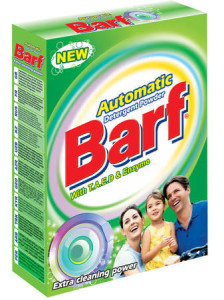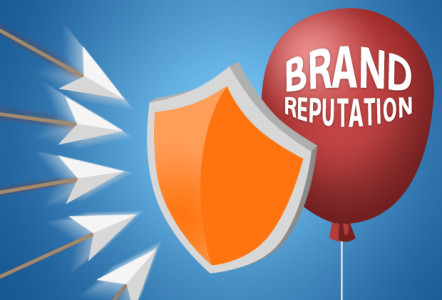 There’s a good chance that most of you have heard of Dollar Shave Club. This was a small start-up business owned by Michael Dubin, a man that had simply got fed up with the expensive prices on shaving razors.
There’s a good chance that most of you have heard of Dollar Shave Club. This was a small start-up business owned by Michael Dubin, a man that had simply got fed up with the expensive prices on shaving razors.
At first glance, this cute idea for a start-up business might not seem any better than anyone else’s. Just how successful can a man selling disposable razors online be, anyway?
Well, thanks to his brilliant video that he placed online, it became incredibly lucrative. The video went viral thanks to its comedic tone and Dubin now has the big name razor companies running scared.
More recently, another success-by-video story has popped up online. A Brigham Young acting major decided to start her own toilet spray company. The product was aptly named Poo Pourri, but that name alone isn’t what got the company all of the 4 million online views…it was the hilarious and rather potty-mouthed (lightly) video that the entire internet seemed to eat up with a spoon.
You need look no further than these two examples to see just how important video can be when it comes to getting your brand’s name out there.
These examples suggest that humor is the key to going viral. In the case of Dollar Shave club, it simply took Dubin saying “Our blades are f*cking awesome” (with the accompanied bleep). With Poo Pourri, it was an elegant looking lady sitting on the toilet, stating that she had just created a “creamy behemoth from her cavernous bowels.”
Of course, given the nature of these brands, comedy is the clearly the way to go in order to properly present their brands. It might be different for your brand.
Do you know what language to use to best communicate with your audience? Do you have a message that you can convey in an interesting way via video?
If so, it might be time for you to finally buckle down and really look into it. Online videos are quickly becoming essential for online success. Are you prepared to join in?









